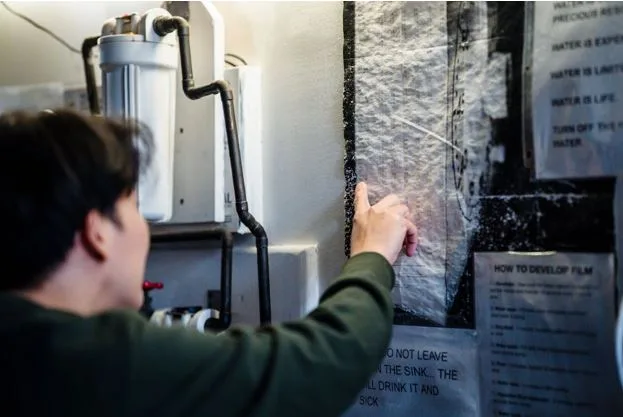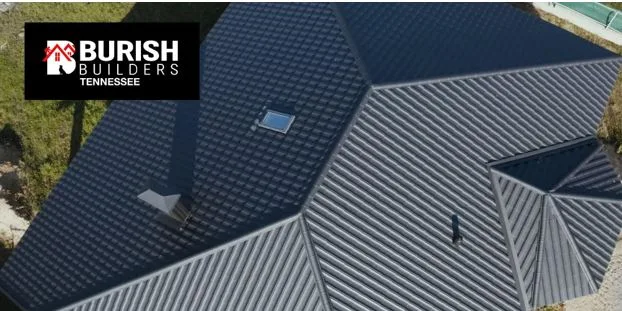Integrating Water Heating with HVAC Upgrades
Upgrading home systems often involves thinking about how heating, cooling, and hot water all work together. Many homeowners focus on one part of the system at a time, such as replacing an air conditioner or adding a new water heater. Looking at them together creates a better picture of how energy is used day to day. It also helps in planning changes that will make a home more reliable and efficient.
In places like Sandersville, GA, this approach becomes even more valuable. Summers can be hot and long, which increases demand for cooling, while winters still bring enough cold to require dependable heating. Hot water is needed throughout the year, adding to the overall energy load. Considering upgrades together, rather than separately, gives families in the area a chance to build systems that fit their climate and daily needs.
Reviewing System Changes
Before moving forward with upgrades, it helps to review the condition of existing equipment. Older systems may already be using more energy than they should, while newer ones could still have years of service left. Looking at the entire setup together gives homeowners a clear sense of what needs attention first. This step often reveals how heating, cooling, and water heating affect one another.
For those considering heat pump replacement in Sandersville, GA, this review is especially important. A heat pump impacts both heating and cooling needs, and how it connects with the water heating system can affect comfort and energy use. Coordinating upgrades at the same time often reduces disruptions and creates smoother performance across the home.
Choosing Compatible Equipment
When making upgrades, it helps to pick equipment that works well together. Systems from different brands or with different performance levels may not match up, leading to uneven results. Compatibility ensures that both HVAC and water heating run on similar standards, making the whole setup more reliable.
In practical terms, this means selecting units that are designed to work within the same performance range. Homeowners often find that pairing newer water heaters with advanced HVAC systems creates a smoother balance in energy use.
Balancing Hot Water and Heating
Daily hot water use places extra demand on a home’s energy supply. Showers, dishwashing, and laundry all require steady access to hot water, which adds to the overall heating load. If the system is not balanced properly, one area may take priority over the other, leading to uneven performance.
Balancing both needs requires planning during upgrades. Systems should be sized to match household routines so that heating and hot water demands are met without strain. This balance improves comfort during peak use and helps equipment run within its intended capacity for longer periods.
Coordinating with Energy Planning
Water heating is often one of the largest contributors to energy bills, second only to heating and cooling. When upgrades are planned without looking at both together, opportunities to save energy are often missed. Coordinating them as part of one energy plan gives homeowners more control.
This coordination can include setting goals for efficiency, budgeting for upgrades, or even considering renewable options. Thinking about the bigger picture helps families reduce waste while still maintaining comfort. It also helps track energy costs more clearly, since both systems are major parts of household use.
Shared Ductwork and Piping
Linking systems together through shared ductwork and piping can reduce wasted energy. When heating and water systems are upgraded separately without planning, the layout often becomes more complicated than it needs to be. A shared approach makes better use of space and keeps airflow and water flow steady.
Plus, technicians can work on both systems without having to navigate around poorly placed parts or extra connections. In the long run, that simplicity reduces the chances of problems and helps both systems stay efficient.
Integrating Renewables
Renewable energy sources are becoming more common in home upgrades. Solar panels, for example, can be used to support both HVAC and water heating systems. Planning them together allows homeowners to get the most benefit out of the investment.
This integration is not limited to solar. Other technologies, like geothermal systems, also support heating and hot water at the same time. Considering renewables as part of an integrated plan creates more consistent results and lowers dependence on traditional energy sources.
Space Constraints
Not every home has the same amount of room for equipment. When systems are upgraded without coordination, space can become tight in utility rooms or basements. Planning both upgrades together helps avoid crowding and makes sure each system has the access it needs.
Space planning also improves safety and comfort. Adequate clearance for airflow, ventilation, and service access prevents future problems. Homeowners benefit from smoother installations and easier upkeep when space is considered from the beginning.
Coordinating Ventilation
Ventilation plays a major role in how HVAC and water heating systems perform. Poor placement of vents or inadequate airflow can reduce efficiency and cause uneven comfort throughout the home. Coordinating ventilation with water heating placement helps both systems run at their best.
Making these adjustments during an upgrade avoids extra costs later. Redirecting airflow or adding venting near water heaters can improve both performance and safety.
Smart Thermostats
Smart thermostats give homeowners better control over how energy is used. Many of them are designed to work with both HVAC and water heating systems. Features like scheduling and remote adjustments help balance comfort with efficiency.
Using a smart thermostat also gives insight into patterns of use. Tracking energy over time helps families see when demand is highest and where small changes can reduce waste.
Centralized Controls
Centralized controls bring HVAC and water heating into one simple system. Instead of managing each piece of equipment separately, everything can be adjusted from one point. This improves convenience and helps keep settings consistent.
For homeowners, centralized controls also mean fewer chances for mistakes. Settings can be monitored and updated quickly, which keeps energy use steady.
Reducing Redundancy
When systems are upgraded separately, it is common to see duplicate parts or overlapping features. This redundancy wastes space, money, and energy. Looking at both HVAC and water heating together avoids those extra costs.
Integration allows equipment to share functions and eliminate what is not needed. Over time, this approach cuts down on repairs, replacement parts, and energy waste.
Upgrading heating, cooling, and water systems together creates a stronger and more efficient home. Reviewing current systems, choosing compatible equipment, and balancing demand all set the stage for better long-term performance. Adding in thoughtful planning around space, ventilation, and controls helps keep everything running smoothly.





